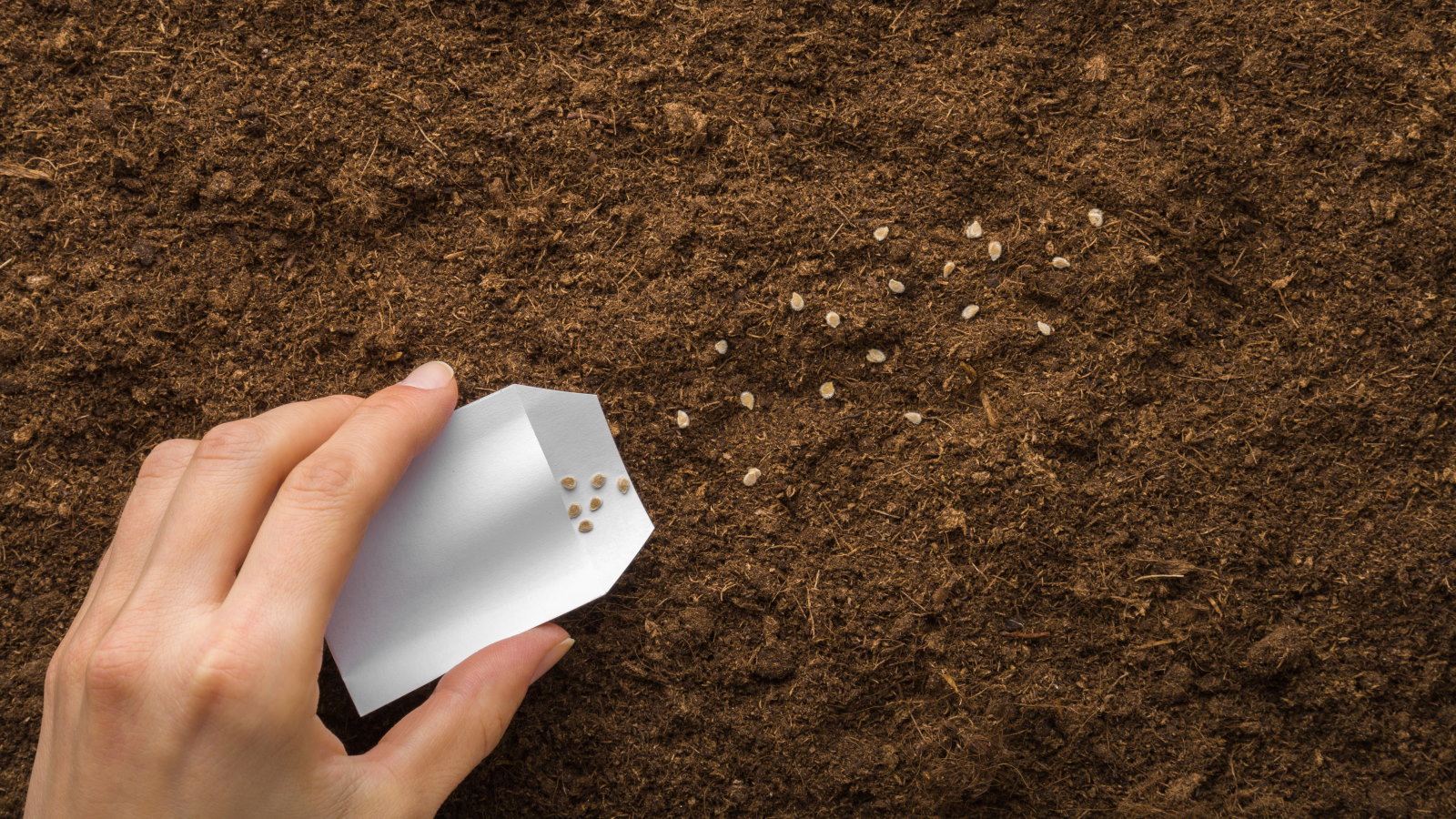
(EX22218 - ON/OFF / Flickr)Every other Friday, the Outside/In team answers one listener question about the natural world.This week's question comes from Karen in Raleigh, North Carolina, who recently attended a dinner party where she was served a white bean and potato soup.“Over dinner the cook told us she had made and discarded an entire batch of the soup due to an uneasy feeling over the green-tinged potatoes she used.
Lucky for us she bought fresh potatoes and made the soup that we enjoyed. Full of soup we were left wondering, are green potatoes toxic?"Producer Felix Poon looked into it.TranscriptThis transcript has been lightly edited for clarity.

Felix Poon: So you’ve got a craving to eat some potatoes. You get some out to cook. And then you see that they’ve all turned green.
What’s the deal? To answer that, I spoke to Andy Robinson.Andy Robinson: I grew up in Idaho, so I've been around potatoes all my life and grew up farming.Felix Poon: Andy also happens to be the potato extension agronomist for North Dakota State University and the University of Minnesota.
Andy Robinson: Why do they turn green? It's because when those potatoes are exposed to sunlight, chlorophyl forms in the potato tuber.Felix Poon: When they’re exposed to sunlight, that’s their cue to sprout, to make new potato plants. And to do that, they start producing chlorophyl, the green stuff plants use for photosynthesis.
But they’re also producing something else when they’re exposed to sunlight, a compound called solanine. Solanine is toxic.Andy Robinson: It's actually meant for plant defense from different bugs or animals to keep them from eating it.
Felix Poon: The more solanine you eat, the sicker you can get. Andy Robinson: But most people don't eat a lot because they're bitter. They don't taste good.
Felix Poon: Green skin isn’t the only warning sign. If your potatoes taste unusually bitter, that can indicate high solanine levels. There have been horror stories of mass solanine / potato poisonings.
In 1918 in Scotland, 61 people got sick from a bad batch of potatoes. One 5-year-old boy even died. In 1979 dozens of school children in London got violently ill, some even fell into comas, some hallucinated for days, though they all recovered in the end.
While this does sound scary, poisonings like this are pretty rare. That’s because farmers and wholesalers know how to keep potatoes safe to eat.Andy Robinson: So we'll harvest the potatoes, and when they go into storage they're actually holed under dark conditions.
Felix Poon: Historically people might have stored potatoes in a root cellar. Basically, you’re trying to replicate their natural environment underground.Andy Robinson: Ideally put them in a paper bag, or maybe a basement or a cool spot.
That’s where we store our potatoes in my house, we put them in our basement.Felix Poon: Basements are ideal because they tend to be higher humidity. But you can also put them in your fridge.
Andy Robinson: The good thing about a fridge storage is it'll actually slow down the metabolism of the tuber which would slow down any sprouting.Felix Poon: Potato sprouts actually have the highest solanine content, so definitely don’t eat those. As for the rest of the potato—Andy Robinson: What I would tell a consumer is that the easy thing to do, if your potatoes have some green on them, is just cut it off.
Felix Poon: Same with sprouts, just cut it off. And then, enjoy your spuds, whether you boil ‘em , mash ‘em, or stick ‘em in a white bean and potato stew.If you’d like to submit a question to the Outside/In team, you can record it as a voice memo on your smartphone and send it to outsidein@nhpr.
org. You can also leave a message on our hotline, 1-844-GO-OTTER.Outside/In is a podcast! Subscribe wherever you get yours.
.















